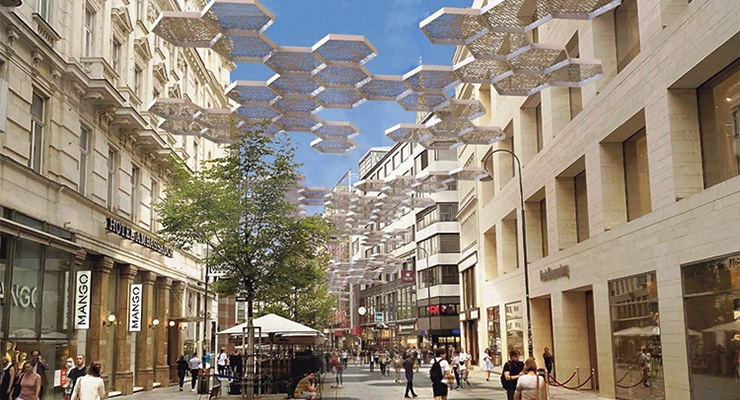“In Western Europe, especially in Germany, there is a great fear of loss of prosperity. However, people in the [CEE and SEE] markets are going through their third inflationary phase. They know that this situation will continue, and they are more resistant to crises“, said Rüdiger Dany, CEO of NEPI Rockcastle, in a recent interview with ACROSS. “This is different in very saturated markets like Germany or France. There, many people think they must hold on to their money to be able to pay their bills tomorrow, whereas, in the [CEE and SEE] markets, people believe they should spend the money today in case it will be worth less tomorrow.”
Recent results make it very clear: The Austrian retail sector looks back on miserable months in terms of business. Dampened consumer sentiment and declining sales have led to an unprecedented decline in the number of retailers. The medium-term outlook gives little hope of improvement.
In the first six months of the year alone, 6400 businesses had to close in the retail sector, an increase of 141 percent compared to the same period in 2021. 480 retail businesses – including several large chain stores – also filed for insolvency between January and July.
In fact, the outlook for the industry is anything but positive, as a recent evaluation commissioned by the WKO shows. For nine months in a row, the retail sector in Austria has recorded a decline. In nominal terms, there was a slight increase of 1.9 percent in the first half of 2023. Adjusted for inflation, however, this results in a minus of four percent. Even compared to the pre-crisis level of 2019, the sales volume of the domestic retail sector declined by 0.8 percent.
In nominal terms, food retailing generated a 9.5 percent increase in sales in the first half of the year, but after deducting higher costs, sales also fell by 1.9 percent in this sector, which has recently come under political scrutiny. The electrical goods (down 9.9 percent) and furniture (down 27.2 percent) sectors were hit even harder. The slump in sales in the furniture trade has less to do with the bankruptcy of Kika/Leiner – the stores affected only closed at the end of July – and more to do with the generally gloomy economic situation: with rising interest rates, less is being built, which will probably continue to hamper the furnishings sector in the coming years.







